 |
|||||||||

|

Christmas 20AD and 2021 AD! 
It was a public holiday celebrated around December 25th in the family home. A time for feasting, goodwill, generosity to the poor, the exchange of gifts and the decoration of trees. But it wasn’t Christmas. This was Saturnalia, the pagan Roman winter solstice festival. The KAFS year (again) was curtailed by the pandemic but we look forward to 2022 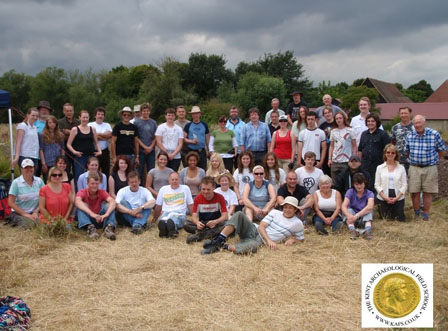
KAFS ‘dig’ at Abbey Barns at Faversham- can you name the year? First answer on a postcard wins a free course!
 For 2022 we will be continuing to explore the Roman villa and watermill at Wye (below) 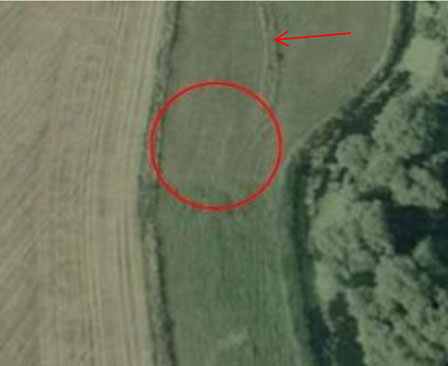 The aerial photograph (Google Earth-left) shows the walls of the postulated Roman
watermill (red circle) and to the east side
and running north to south the footprint of
the potential Roman leat (watercourse- red
arrow)
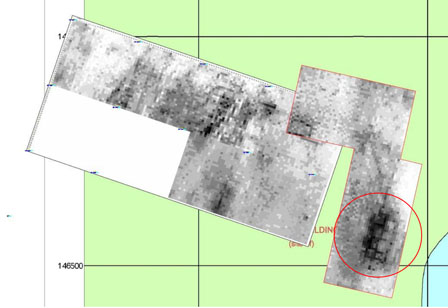 KAFS 2021 geophysical surveys at Wye with more Roman buildings revealed
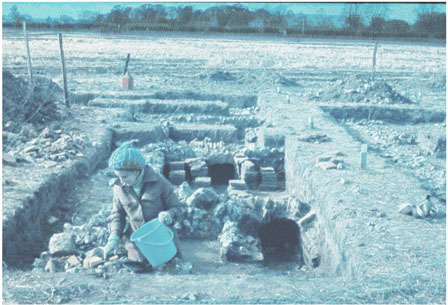
The foundations discovered included a room with hypocaust underfloor heating (below left) and pottery
retrieved included Samian ware
dating from the late 1st early 2nd
centuries and two coins dating from
the 3rd century AD. Just 24m from this
building is the River Stour which
when dredged retrieved a mass of
Roman pottery dating from late 1st
early 2nd century (Burnham C. P.
2003).
Training Week in August 2019 at the Kent Archaeological Field School in Faversham 
Fifteen newcomers to archaeology sat down
with experts and specialists from SWAT
Archaeology and KAFS to go through what is
required in excavating and recording on a
modern archaeological site.
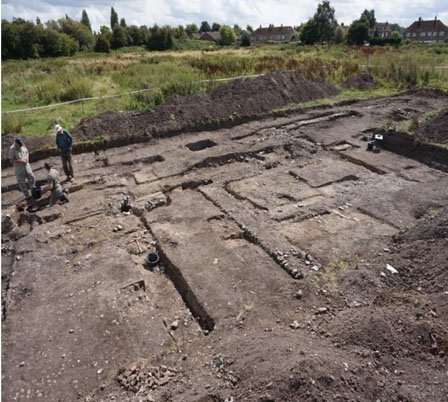
This was the last year at this site and the focus is now getting the report together and published. The until
now unknown Roman stone building is 150 feet long and had been found by the Kent Archaeological Field
School in Faversham in Kent close to the Roman
villa excavated in 1960 by Brian Philp and has now
completed its final area of excavation.
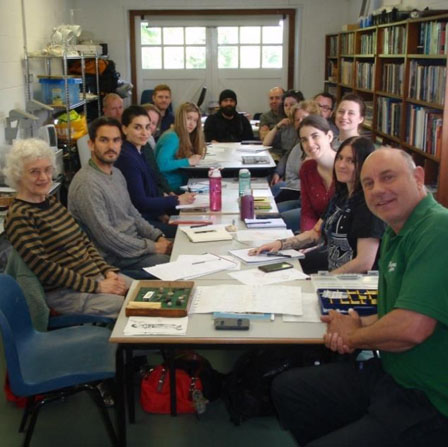
The work has shown that the survival of the
building was amazing with stone walls, opus signinum floors (polished terracotta floors),
under floor hypocaust heating, all
untouched, and covered by tons of ceramic
roof tiles and the collapsed stone wallscovering huge amounts of box flue tiles which were used to direct hot air up the interior walls. Painted
plaster from these walls is mostly white but the hot sauna room on the north side of the building had
plaster walls decorated in green, red and yellow panels.
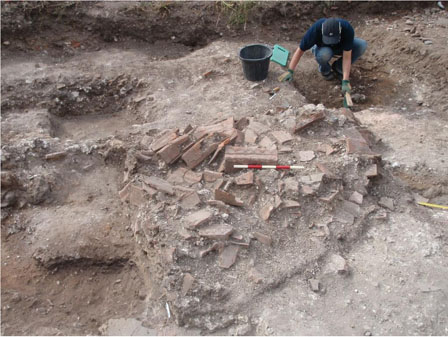
The building is huge, in fact
the largest so far found in
this part of Kent at 45m
(150ft) long and 15.40m
wide, which is about 50
Roman feet wide. The
outside walls were built of
mortared Kentish rag stone
and flint nodules with the
collapsed walls indicating a
height of about 3m for the
outer walls. Levelling
courses of Roman tile were
also a feature of the walls.
Christmas Gifts/Not too Late! 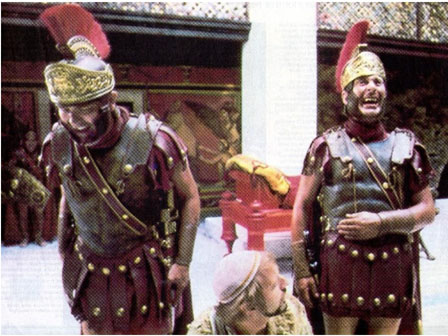 Stuck for a Christmas Gift – then try www.danegeld.co.uk who make accurate historic jewellery and include Celtic to Early Roman to Victorian to Art Deco at affordable prices...Everything from Roman potteryTerra Sigillata to the Ancient Roman folding stool of Hadrian and all can be found at https://theancienthome.com/collections/romanpottery-terra-sigillata Does the story of Beowolf explain the Oseberg, Gjellestad and Sutton Hoo ships?
The new Netflix film “The Dig” tells the story of the excavation of the Sutton Hoo ship in England. A
Norwegian professor believes that a 1500-year-old poem can explain why a number of large ships were
buried during the Viking Age. The Beowulf poem describes heroes, monsters and dragons who lived in
southern Scandinavia a long time ago. The epic inspired J.R.R. Tolkien to write "Lord of the Rings".
 Both the novel by the author John Preston and Netflix's new film are probably close to what really happened to the people who took partin the dramatic excavation in Sutton Hoo, which was started just as World War II broke out. You can read more about the dig at the British National Trust website.
And now for something different for this winter: Beowulf in Kent by Paul Wilkinson
Gary Budden writes:
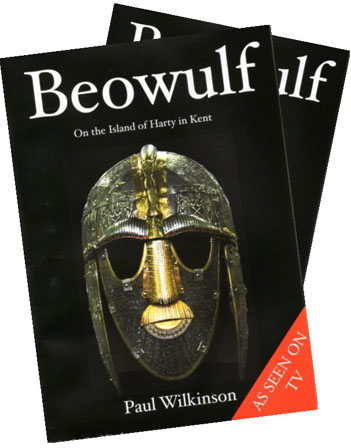
Sheppey, and the other small islands that appear as odd unmarked blanks of green on Google Maps, hold
dark histories. Deadman’s Island and Burnt Wick Island, so close to home and practically unknown, are
borderline inaccessible. They hold the mass graves of Napoleonic French prisoners who died on the prison
hulks (you’ll know them from Great Expectations) and their bones now rise from the silt. Walk the Hollow
Shore between Faversham and Whitstable, look out over to the island across the Swale, no one else
around and the wind stinging the eyes. It’s easy to feel Anglo-Saxon in such a place.
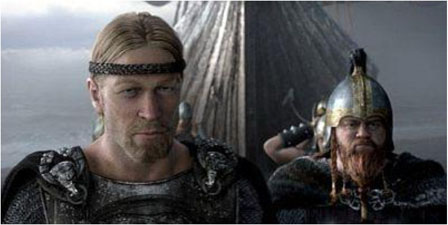
The theory even goes as to suggest that Beowulf was buried
under Nagden mound (a possible artificial hill that was destroyed
in 1953 by men contracted to rebuild the sea wall between
Faversham and Seasalter, after the great North Sea flood.),
though by this point the theory has fallen more into wishful
thinking and a lot of ‘maybes’ rather than anything that could
approximate a credible argument. In my fictional landscape,
Grendel and his mother fit in well with the bodies of those dead
Frenchman, the prisons across the water on Sheppey, the bleak
marshes, the boxing hares and the black curlews of my own
fictions.
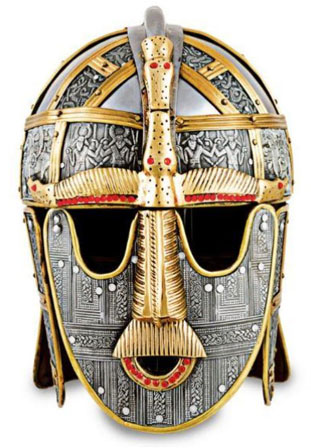
I know these tidal flats and malignant bogs were dry land once, attached to the Doggerland landmass that
connected what was to become Britain to the coasts of Germany and Denmark. My mind already is flowing
with ideas, stories of the last remaining malignant supernatural beings that inhabited Doggerland making a
last stand in the Kentish marshes. Wiped out by Ray Winstone. Grendel having his arm pulled from its
socket on the demon marsh in the Thames estuary. A dragon banner flying above Faversham.
A DAY OF PAGAN RITUALS by Paul Wilkinson
The Winter Solstice is the moment when the sun reaches its most southern point, after which days get
longer again. It creates an alignment at Neolithic sites around the world, including Stonehenge, Newgrange
in Ireland, and Iwade henge in Kent. 
Many people – not least diary manufacturers – believe that the Winter Solstice always falls on 21
December. But the celebration of the winter solstice is not
fixed to a specific calendar date – this is because of a
mismatch between the calendar year and solar year.
The solstice is traditionally celebrated at the sunrise
closest to the time when the sun is stationary before
beginning its transit to the north or south. This year thisoccurs at 23.03 GMT on Sunday 21 December, hence the winter solstice celebrations take place at sunrise
on 22 December.

North of the Equator all
heavenly bodies appear
to move from left to
right (clockwise). Given
clear conditions, the
apex of the rising sun
suddenly appears on
the horizon, almost like
a car headlight coming
into view over a hill-top.
Slowly the full orb
comes into view, which
takes about four
minutes. Meanwhile the sun will have moved nearly one degree to the right. When exact alignments are
required, they are usually taken either on the point of first flash (or gleam) or at the point where the full
orb appears tangent to the horizon.
Archaeological Guide to Pompeii.
Author Paul Wilkinson and published by Taurus Books 1st Edition and Bloomsbury 2nd 3rd & 4th Editions.
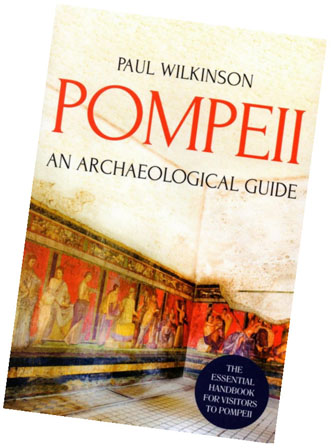
Pompeian pilgrims will be in good hands with Paul Wilkinson, an old Pompeian hand, archæologist, journalist, tour-leader and BBC documentary maker.

We will be back in Oplontis (To Be Advised) for another season of excavation but be quick as last year we
were fully booked. And if you are booked the only criteria is that you are a member of the Kent
Archaeological Field School www.kafs.co.uk and that you have some experience or enthusiasm for Roman
archaeology, Italian food and Italian sunshine! See also the website for the project at www.oplontisproject.org. . Please note food, accommodation, insurance, and travel are not provided.
Courses at the Kent Archaeological Field School for 2022 will include: 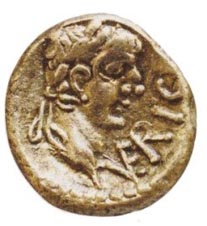
Field Walking and Map Analysis (TBA)
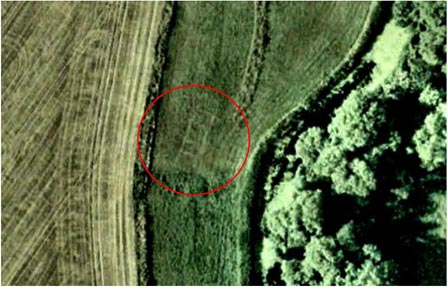
On this ten day investigation we shall look at the ways in which archaeological sites are discovered and
excavated and how different types of finds are studied to reveal the lives of former peoples. Subjects
discussed will include aerial photography, regressive map analysis, HER data, and artefact identification.
Within this investigation there is a five day course TBA which will be especially useful for those new to
archaeology, as well as those considering studying the subject further. After tea break we will participate in
an archaeological investigation on a Roman building under expert tuition. Expert diggers are not required
to participate in the tool box talks.
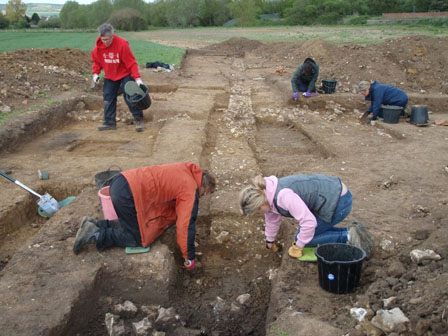
Training Week for Students on a Roman Water Mill at Wye in Kent It is essential that anyone thinking of digging on an archaeological site is trained in the procedures used in professional archaeology. Dr Paul Wilkinson, author of the bestselling "Archaeology" book and Director of the dig, will spend five days explaining to participants the methods used in modern archaeology. A typical training day will be classroom theory in the morning (at the Field School) followed by excavation at the Roman Water Mill at Wye.
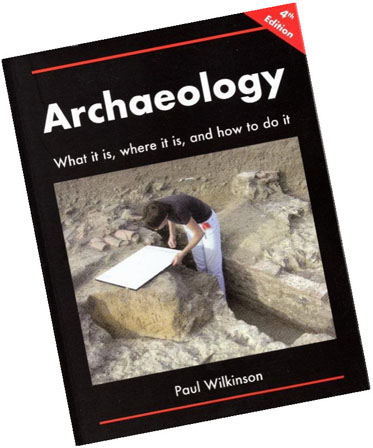
Topics taught each day are:
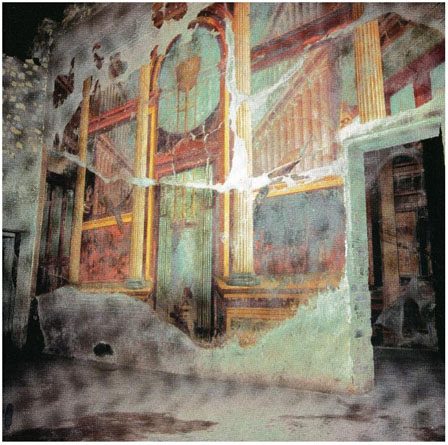
The only criteria to book is that you are a member of the Kent Archaeological Field School
www.kafs.co.uk and that you have some experience or enthusiasm for Roman archaeology, Italian food and Italian sunshine! See also the website for the project at www.oplontisproject.org. Please note food,
accommodation, insurance, and travel are not provided.
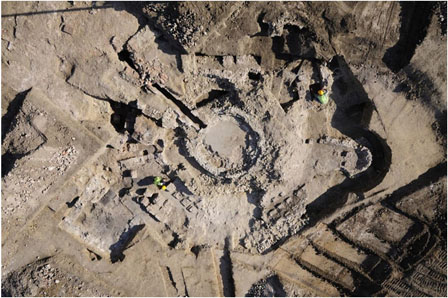
An opportunity to participate
in excavating and recording
Roman features in the
landscape from this iconic site
with its Roman octagonal bath
house.
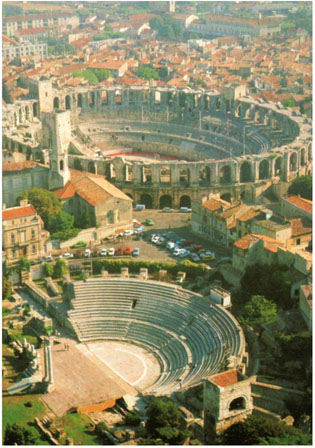
The Roman city of Arelate, today known as Arles,
France, was one of the most important ports of the
later Roman Empire. After siding with Julius Caesar
during his civil war against Pompey, the town was
formally established as a Roman colony for Caesar’s
veterans in 46 or 45 B.C. Strategically located along
the Rhône River in southern Gaul, Arelate developed
into such a major economic, political, and cultural
center that it was referred to as the “little Rome of
the Gauls” by the fourth-century poet Ausonius.
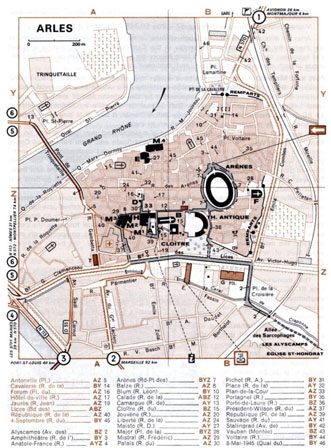
The Kent Archaeological Field School is planning
to take a group of KAFS members by train from
Ashford in Kent down to Arles and staying at a
medieval hotel in the centre of Arles with day
trips to Nimes, Pont du Gard, the Roman city of
Glanum and lots lots more. To register your
interest email [email protected] for further
detais. Price of the trip will be at cost.
Merry Christmas from all at KAFS!
 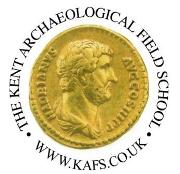
For all booking enquiries email
[email protected]
KAFS BOOKING FORM
You can download the KAFS booking form for all of our forthcoming courses directly from our website, or
by clicking here KAFS MEMBERSHIP FORM
You can download the KAFS membership form directly from our website, or
by clicking here |
||||||||
 If you would like to be removed from the KAFS mailing list please do so by |
|||||||||

